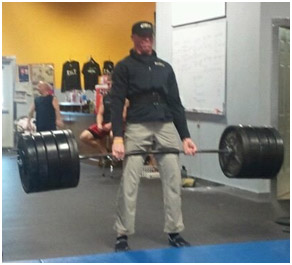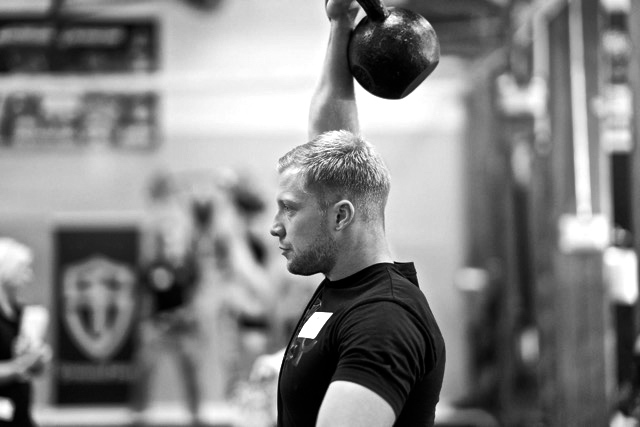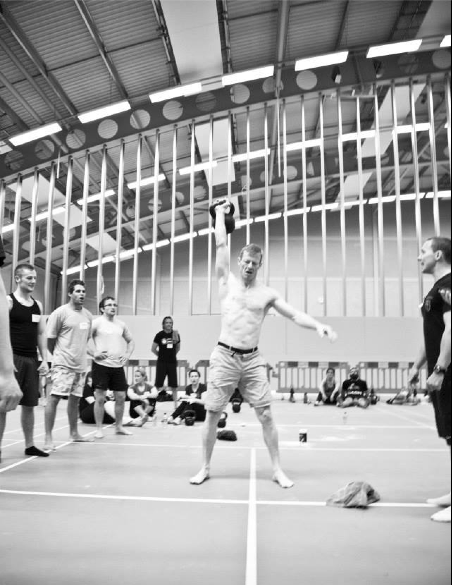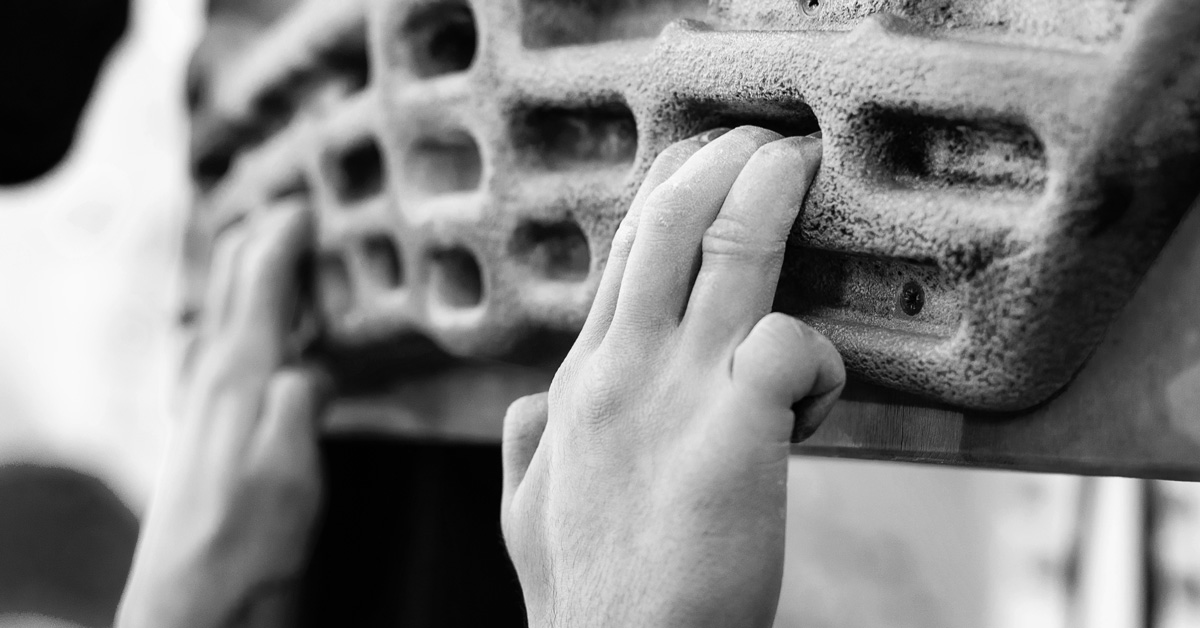@Maine-ah KB
How did you structure the pressing portion when the volume ended up being to much?
Factors I have found critical (aka I have made mistakes with in the past)
1) correct bell size
2) properly interpreting and laying out the plan
3) managing the rest b/w rungs and ladders
4) overtraining due to other activities
Bell size .... I have found that if I can't clean and press the bell I'm planning on working with for at least 7 reps - clean for each press rep - I have trouble with the volume as well. As taught in Plan Strong, to keep my form perfect for each rep during a session, I need my planned rep totals to be about 50% of my rep max for that particular effort. I've found 7 reps is the sweet spot for me.
Program layout .... so far I have seen the most progress when I'm patient and stick to the minimum increase each week. This has required discipline on my part for sure. Many times tempted to add an extra set and shorten the program. Again when I drag it out until the point where the presses are nearly effortless and I have to remind myself to keep tension and irradiation then I have seen the best progress.
| Week | Heavy (Sat) | Light (Mon) | Medium (Wed) |
| 1 | 3(3) | 3(3) | 3(3) |
| 2 | 4(3) | 4(3) | 4(3) |
| 3 | 5(3) | 5(1) | 5(2) |
| 4 | 1(4) + 4(3) | 5(2) | 5(3) |
| 5 | 2(4) + 3(3) | 5(2) | 5(3) |
| 6 | 3(4) + 2(3) | 5(2) | 5(3) |
| 7 | 4(4) + 1(3) | 5(2) | 5(3) |
| 8 | 5(4) | 5(2) | 5(3) |
| 9 | 1(5) + 4(3) | 5(3) | 5(4) |
| 10 | 2(5) + 3(3) | 5(3) | 5(4) |
| 11 | 3(5) + 2(3) | 5(3) | 5(4) |
| 12 | 4(5) + 1(3) | 5(3) | 5(4) |
| 13 | 5(5) | off | Test |
Rest between rungs and ladders .... when I start with a new bell I give myself up to 3:30 between sets (I think up to 5 would be ok. After that your body and CNS start to down regulate - vasculature, etc.). As I progress and the work becomes a bit easier over time I scale back the rest to a target of 1:30. The goal is 100% recovery before the next sets. These are repeats. Fatigue should not be noticeably accumulating as you move through a session. If so, add recovery time. I based these numbers on a combination of inputs including physiology of recovery stuff from Strong Endurance and dialing in from personal experience. This helps to keep session duration reasonable as you approach the 75 rep finally.
Overtraining .... (caveat I'm almost 42 so this may not apply to younger or older folks) I have done RoP including the pull-ups, done it in addition to other deadlift programming, also done it while training for SFB and also done it with only variety days as indicated in the original RoP. Guess when the most progress was made... with 'as written' variety days that I skip if I'm not feeling 100%.
Like you say - many ways to skin the cat, but this way has proven to work the best for me.
Thanks for reading!!




